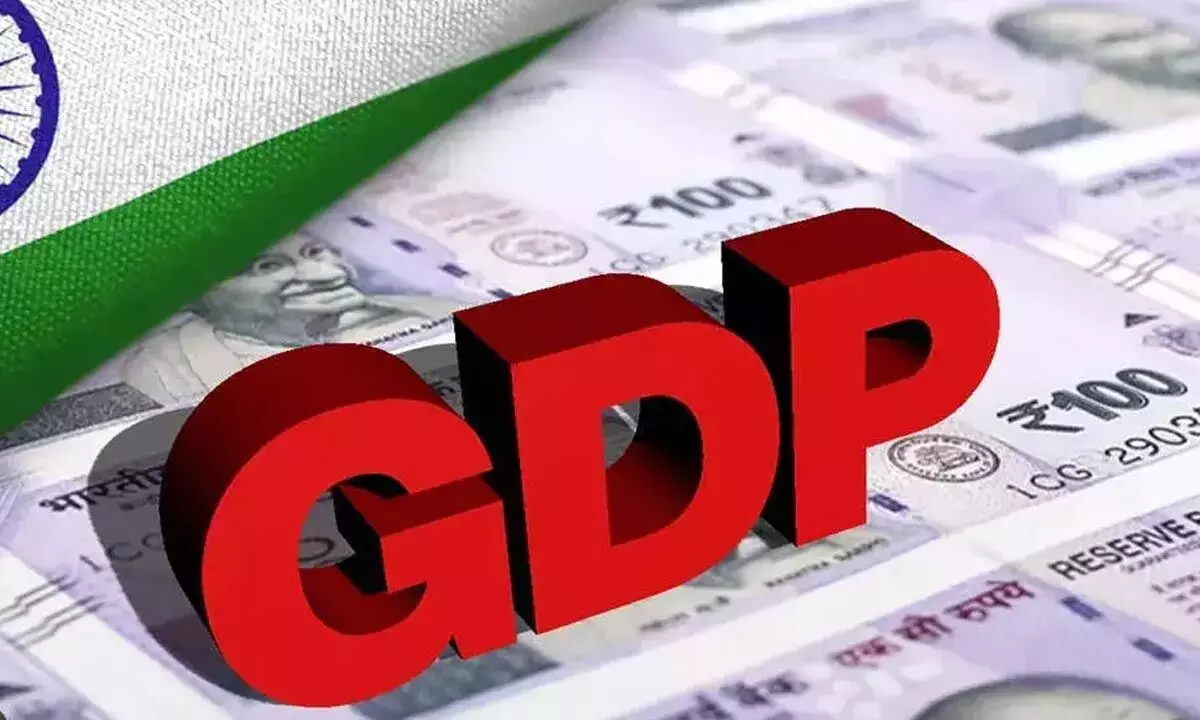Centre may fix FY24 fiscal deficit target at 5.9% of GDP, budget not a panacea for economic problems
According to economists, the central government could continue to tread the path of ongoing fiscal consolidation and lower the deficit by 50 basis points.
image for illustrative purpose

According to economists, the central government could continue to tread the path of ongoing fiscal consolidation and lower the deficit by 50 basis points, "On one hand, growth momentum will need to get continued support from fiscal levers, particularly with a severe global recession looming on the horizon, but at the same time there would be expectations for the government to aim for a modest fiscal consolidation, so as to not crowd out private investments and to be able to bring down the Centre's fiscal deficit target to 4.5 percent of GDP by 2025-26, as per the proposed glide path," said Kaushik Das, Deutsche Bank's chief economist for India and South Asia.
Economists are forecasting a sharp downtrend in 2023-24, with some forecasting a fall in GDP growth to as low as 5.1 percent – 140 basis points below the Reserve Bank of India's (RBI) number of 6.5 percent.
After a year in which the Indian economy battled high inflation, the 2023-24 Budget will have to utilise any fiscal room available to push growth.
The Centre has seemingly created some fiscal space by ending its free foodgrain scheme, the Pradhan Mantri Grib Kalyan Anna Yojana, and instead providing the same benefits under the National Food Security Act for the entirety of 2023.
"The fiscal impact of this reorientation of the food subsidy program will be net positive compared to the 2022-23 math," said Radhika Rao, senior economist at DBS Bank.
The Centre has racked up a food subsidy bill of Rs 1.48 lakh crore in the first eight months of 2022-23. Economists see this rising to around Rs 3 lakh crore for the full year.
According to Nomura's estimates, the Centre may spend Rs 3.9 lakh crore in total next year on its three major subsidies – food, fertiliser, and petroleum – compared to an expected Rs 5.3 lakh crore this year.
A reduction in the subsidy bill should help the Centre keep pushing the pedal on capital expenditure.
"We expect the central government to continue to phase out pandemic-era exceptional expenditure, while switching the focus of its spending where it is needed the most – on public capex, incentives to support consumption and exports, along with social infrastructure of health and education," said economists from QuantEco Research.
The median of estimates of 12 economists pegged the 2023-24 capex number at Rs 8.88 lakh crore, up from Rs 7.5 lakh crore this year.
Unlike its expenses, the government may not receive a significant boost from one of its numerous income sub-heads.
In 2022-23, the tax mop-up is set to easily exceed budget estimates by more than Rs 2 lakh crore, with Goods and Services Tax collections above the Rs 1.4-lakh-crore mark in every month of the financial year so far.
"Still, the gains from formalisation and more efficient processes have limits, and in 2023-24 we expect buoyancy to start to moderate and return closer to the historical average," said Rahul Bajoria, chief India economist for Barclays.
"This, combined with slower growth in nominal GDP, suggests to us an environment where revenue growth will be strong but closer to historical levels, rather than significantly outperforming."
Growth in tax collections track the increase in nominal GDP, which surged 19.5 percent in 2021-22 and is estimated to rise by 15.4 percent this year.
However, with inflation moderating and growth set to weaken, economists see the Union Budget assuming a nominal GDP growth of 10.5 percent for next year to estimate key numbers.

